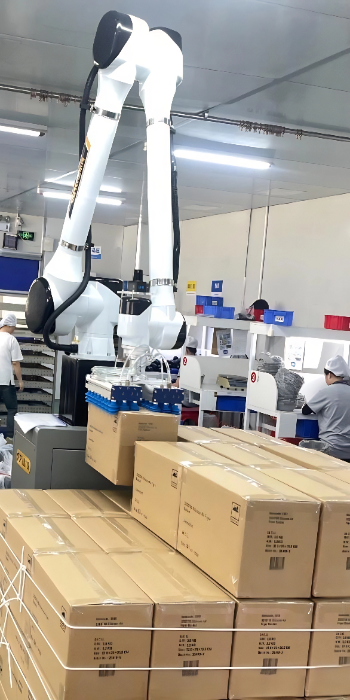Custom silicone products are becoming more common in today’s rapid marketplace because of their broad range of applications. Creating these products necessitates profound insight into the material's attributes and its prospective applications. This article discusses custom silicone designs tips that fulfill objectives and have a positive user impact.
Understanding Silicone Material Properties
Silicone is easily identifiable due to its flexibility, its durability, and its ability to withstand extreme temperatures. These factors give a unique position to the product in the market. While creating custom silicone designs, be sure to observe these properties. For one, if the product is going to be utilized in high-temperature areas of service, using a grade of silicone that withstands high temperatures would further improve the product’s useful life. Furthermore, its non-stick property makes it suitable for kitchen utensils, and its hypoallergenic quality serves medical purposes. These factors help in designing products that are effective for the intended purpose.
Identifying User Needs
Custom silicone products are no different from other products; their success is based on meeting user expectations. Market research alongside user interviews can help determine what customers value the most. Do they prioritize easy to use items, materials that last long, or do they prefer something that looks nice? Meeting these needs ensures that the audience buys the product, allowing designers to work with market demands. For instance, silicone baking mats can cater to more users by enhancing usability for home bakers by printing measurement markings.
Prototyping and Testing
Designing mockups is an initial step, but it is prototyping that offers a more detailed step in the development of custom silicone products. Prototypes serve as a basis for testing products with real-world users to provide detailed feedback. This is a multi-step cycle all designers must go through to perfect their product, including hypothetical functionality problems or logical gaps. Testing on flexibility, strength, and ease-of-use can achieve substantial improvement on the effectiveness of the product.
Incorporating Aesthetic Elements
Just like in any design, functionality is of great importance; however, in custom silicone products, aesthetics should not be omitted. Visually, add ons such as colors, textures, and even shapes can sway the consumer’s decision as to what they prefer buying. designers are encouraged to try out various color combinations and finishes in order to create marketable products. Moreover, incorporating ergonomic designs improves overall user experience because the product becomes easy and pleasurable to interact with.
Sustainability Considerations
With the ever-increasing concern for the environment, regards the concept of sustainability, Silicons designers need to consider it while crafting the design of a product. This will help address the needs of a larger audience by using eco-friendly silicone materials along with a sustainable manufacturing process. The designer's responsibility also lies with how the designed product will be used after consuming it; in other words, how is the product going to be considered when it comes to recycling and disposed of. The act of pursuing these needs helps improve the market demand and at the same time enhances brand perception and loyalty.
What’s New in the Industry and Where is it Going?
The silicone product design industry is shifting rapidly toward customization and sustainability. Technology makes it easier to create personalized silicone products, which makes it easier for consumers to obtain items that fit their style. Additionally, the plethora of demand for eco-friendly materials is motivating manufacturers to innovate and find sustainable solutions. Meeting these trends will be important for designers who aim to excel in the silicone product marketplace.

